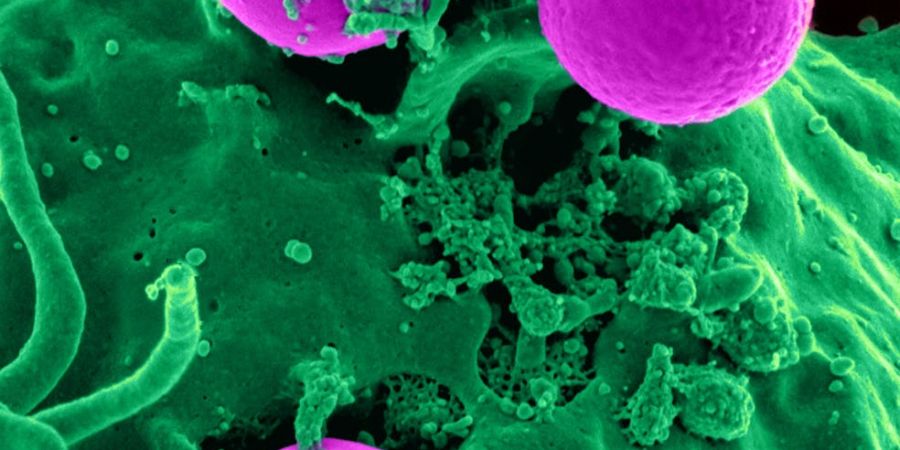

Envision encountering numerous difficult migraines each and every day. At times those migraines even feel like someone is wounding a pin or a blade inside your head, and you can't really hope to make a significant difference either way. How might you feel?
Tragically, that is the sort of aggravation many cerebrum malignant growth patients need to manage consistently. There are a huge number of such patients across the globe, and every one of them are sitting tight for an immunization that could liberate them from this misery and assist them with reestablishing their wellbeing. To this end researchers in many regions of the planet are continually attempting to foster a successful mind malignant growth immunization.
Today, we'll uncover the subtleties of an as of late distributed research work featuring a double activity mind malignant growth immunization. It was created by a group of researchers at Harvard Clinical School's Brigham and Ladies' Medical clinic (BWH).
Energizing that the group effectively tried their immunization on a mouse model having glioblastoma, one of the most forceful cerebrum tumors. The aftereffects of this investigation were promising.
In spite of the fact that disease immunizations are a functioning area of exploration, the methodology proposed in the flow study is very particular. Rather than utilizing inactivated cancer cells, The researchers at BWH quality altered and designed (reused) living growth cells.
Normally, helpful cancer cells are first inactivated by lysis or illumination prior to being re-directed into a subject's body to improve immunogenicity (invulnerability coming about because of the activity of an unfamiliar substance). The specialists propose that during clinical preliminaries, this helpful methodology has just conveyed restricted or no medical advantages against cerebrum disease.
Consequently, they chose to go with an alternate double activity approach. This unmistakable helpful strategy included changing living growth cells into specialists that could set off cancer killing activities and hostile to disease insusceptibility inside a patient's body.
While making sense of this exhaustively, concentrate on creator and Bad habit Seat of Exploration at BWH, Khalid Shah, told IE, "Residing cancer cells have an uncommon element to home to their kindred growth cells. Exploiting this special property, we designed living growth cells utilizing the quality altering device CRISPR-Cas9 and hence designed them to deliver cancer cell dispensing with and immunomodulatory specialists to prepare framework for a drawn out enemy of growth reaction."
This dual-action cell therapy was tested in mouse models with brain tumors. Established tumors were resected, and therapeutic tumor cells (ThTC) were encapsulated in a biocompatible gel and placed in the tumor cavity. Professor Shah said, “the encapsulated ThTC were safe, and efficacious in this tumor model.”
Basically, this therapeutic approach was successful at both — destroying existing tumors and preventing the further spread of cancer in the mouse model.


